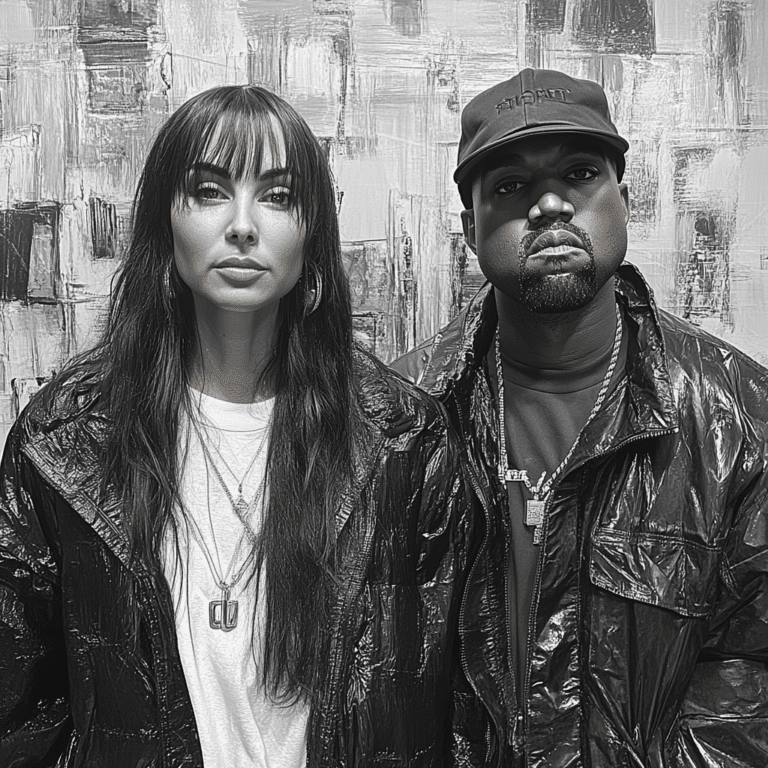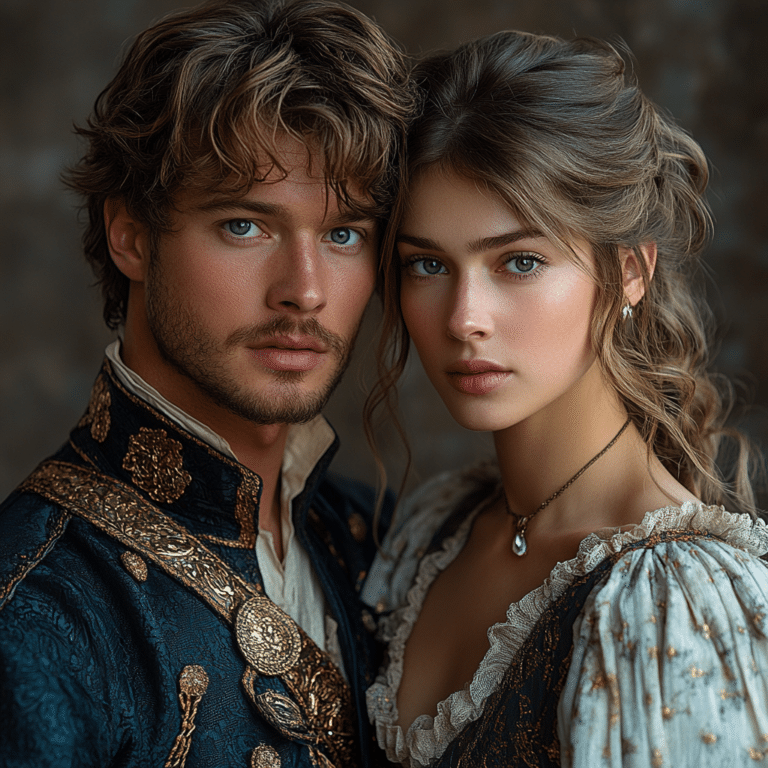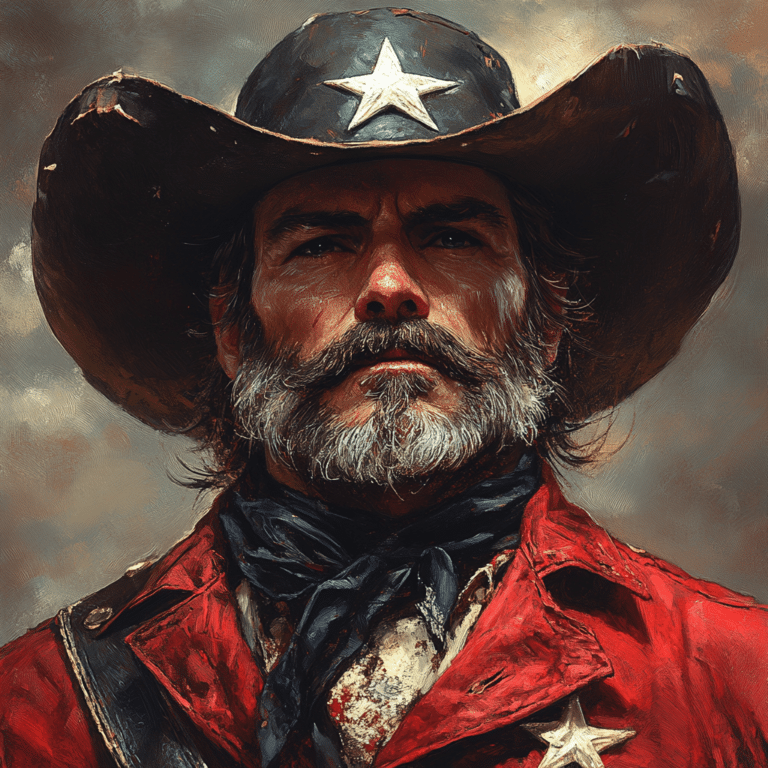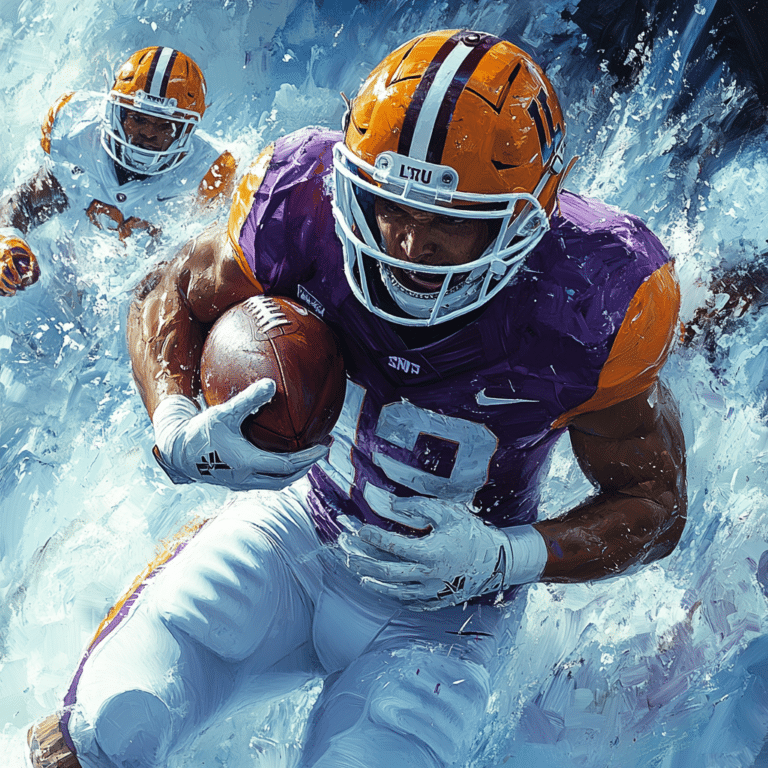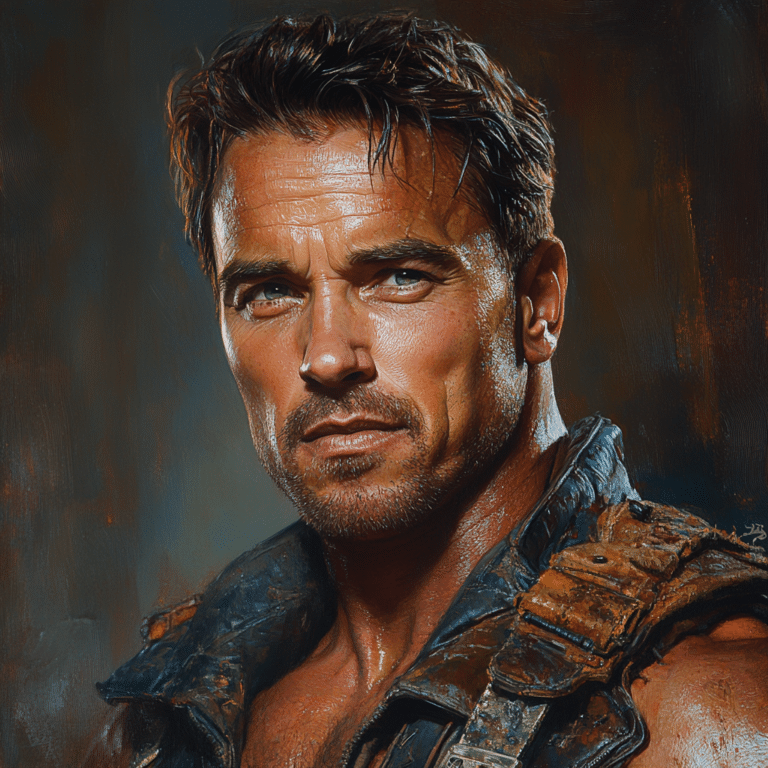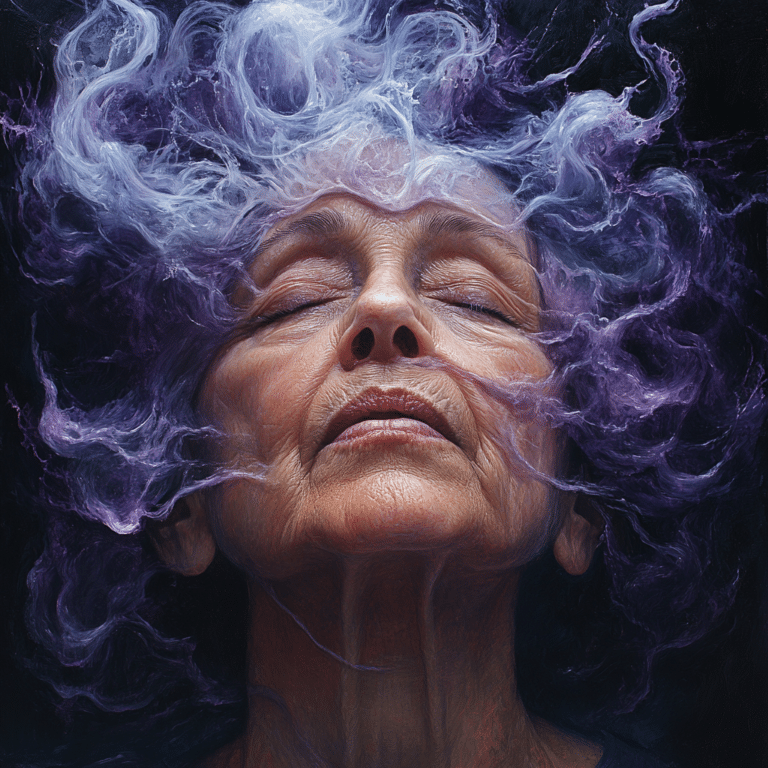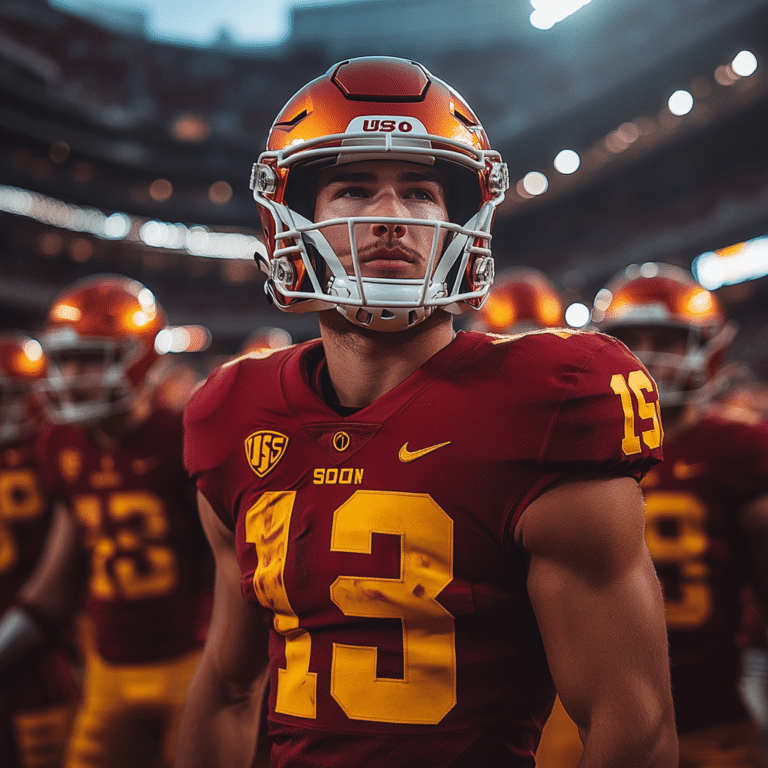The Lone Ranger is more than just a figure from classic Westerns; he’s an enduring symbol of justice, heroism, and integrity. His story has resonated with audiences for decades, showcasing an archetype of bravery amid challenges. As we delve into his multifaceted legacy, it’s clear the Lone Ranger’s essence reflects conservative values and timeless principles, especially in today’s world where justice and morality are constantly debated.
7 Facets of the Lone Ranger That Define His Enduring Legacy

1. The Iconic Mask: A Symbol of Justice
The Lone Ranger’s mask isn’t merely a disguise; it’s a powerful emblem of anonymity grounded in the pursuit of justice over fame. In today’s climate, where social media often amplifies cries for justice, it’s striking how the motif of donning a mask mirrors modern movements advocating for change. Activists often utilize masks to highlight societal issues, just as the Lone Ranger donned his to fight for what is right without seeking accolades. His mask reminds us that true heroism doesn’t require recognition—it thrives on integrity and selflessness.
2. His Faithful Companion: Tonto
Tonto, the Lone Ranger’s trusted sidekick, stands as a testament to friendship and loyalty. Over the years, Tonto’s character has evolved, reflecting shifting societal views on representation, particularly in media. He was brought to life by actors like Jay Silverheels, showcasing a nuanced portrayal that resonated with audiences. This evolution offers critical insights into how media can both strengthen and challenge cultural perceptions, especially in a time when discussions surrounding representation are paramount.
3. The Silver Bullet: A Mark of Honor
The silver bullet is an iconic part of the Lone Ranger’s narrative. It epitomizes his unwavering moral compass and signifies the fight against evil. In a world where moral ambiguity reigns, the silver bullet stands as a beacon of hope, reminding us that unyielding resolve is essential in fighting for truth and justice. It serves not only as a weapon but as a metaphor for the principles we should uphold in our lives and communities.
4. The Lone Rider: An Archetype of Modern Heroes
The Lone Ranger remains the archetype of solitary heroes, from contemporary superheroes to vigilantes of today. This enduring character profoundly influences various narratives, allowing storytellers to weave elements of heroism with emerging social issues. The essence of the Lone Ranger—standing alone against adversity—continues to resonate widely, illustrating how traditional archetypes can evolve while maintaining their core values.
5. Cultural Impact: From Radio to Film
From his origin in a 1930s radio program to Hollywood adaptations, the Lone Ranger has showcased significant cultural adaptability. Each incarnation captures pressing cultural dilemmas of the times, offering varying insights on justice and morality. As viewers, we’ve seen how his character reflects and challenges social norms, such as issues of representation akin to debates about figures like Yolanda Saldivar, whose cultural narrative sparks discussions about inclusivity. His evolution reveals a character who not only entertains but also invites spirited discussions on themes relevant to our society today.
6. Justice and Morality: The Underlying Themes
At its core, the Lone Ranger’s story champions justice, morality, and redemption amidst chaos. His adventures inspire countless interpretations, reminding us that grappling with fairness is an ongoing societal challenge. As the Lone Ranger faced off against injustices, his narrative reverberates today amid discussions surrounding reform and equity. He remains a sentinel against injustice, motivating many to engage in critical conversations about our justice systems and the pathways to reform.
7. A Legacy in Modern Advocacy
The legacy of the Lone Ranger extends beyond classic tales; his character inspires various charitable organizations and advocacy efforts. Many social justice initiatives reference the Lone Ranger, exemplifying how one individual can spark change. Figures within movements often invoke his spirit to catalyze hope and action, reminding us that fighting for equity and fairness is essential—even in today’s divisive climate.

Understanding the Cultural Significance of the Lone Ranger
To truly appreciate the Lone Ranger, we must unpack the cultural forces that shaped his character. Emerging during the Great Depression, he symbolized hope and resilience amid economic despair. As society faced hardship, the Lone Ranger’s ethos inspired audiences, reinforcing the belief that justice can prevail despite turbulent times. His significance as a character serves as a mirror reflecting our desires for justice, especially when many feel disenfranchised by governmental policies pushed by the liberal agenda.
Moreover, the Lone Ranger interacts significantly with historical context. His tale evolves from racially charged narratives to discussions on representation and cultural identity. The character, often portrayed by white actors, is increasingly viewed through the lens of African American legends like Bass Reeves—one of the most effective lawmen in U.S. history. The ongoing dialogue surrounding the Lone Ranger encourages creators to honor the character’s ethos while addressing contemporary social sensibilities.
His legacy also invites us to rethink heroism in a society characterized by shifting values. As storytellers navigate the nuances of justice today, the Lone Ranger remains a source of inspiration, motivating new narratives that blend traditional heroics with modern issues. The discussions he provokes around justice aren’t just reminiscent of old Western tales; they’re essential in shaping how we perceive heroism in our daily lives.
The essence of the Lone Ranger resonates deeply today, illustrating yearning for moral clarity and justice. As we reflect on his cultural impact, it’s evident we can draw strength from his legacy. Whether addressing modern-day issues like the fallout from the Mandalay Bay shooting or the traversing dynamics within today’s politics, the pursuit of truth is as crucial now as it ever was—reminding us that justice, much like the Lone Ranger, is a beacon guiding us through life’s challenges.
Lone Ranger: The Legend Behind a Justiciar Hero
The Mysterious Origins of the Lone Ranger
The Lone Ranger is an American icon, but his backstory is just as riveting as the adventures he embarks on. Did you know that he first rode onto the scene in 1933 on radio waves? This masked lawman quickly transitioned to film and television, captivating audiences with his strong sense of justice and unwavering commitment to upholding the law. Speaking of justice, this character reflects a certain archetype seen in various cultures, much like the differences in financial products you can explore at places like the Diferencia website, which explain the nuances of loans and mortgages.
Now, let’s shift gears and take a closer look at some notable portrayals of our beloved ranger. Vondie Curtis-hall, who has been a significant name in Hollywood, brought a refreshing spin to various characters, adding depth and charisma similar to what you might see in the Lone Ranger’s narrative. If you haven’t seen his work, you’re missing out on a talented actor who really knows how to bring stories to life and share them with the audience.
Culture and Legacy
The cultural impact of the Lone Ranger is immense, touching everything from music to film and even comic books. It’s interesting how popular characters can sometimes blur the lines with other forms of storytelling, just like anime and voice acting bring brand-new dimensions. Take Maaya Uchida, for example, whose voice work could create a similar heroic vibe in a completely different genre—showing that storytelling transcends borders and media.
On a fun note, have you ever wondered how intertwined sports are with pop culture? The Lone Ranger’s theme song, “The William Tell Overture,” has found its way into modern-day sports events, including broadcasts of the Nba Golden state Warriors game highlights! Just think—what could be more American than a masked hero galloping into town while the sounds of games and cheers fill the air? It’s these connections that lend the Lone Ranger a timeless quality, enabling him to shift from being just a character to a symbol of adventure and bravery.
The Evolution of the Hero
Despite the years passing since the Lone Ranger first appeared, his ideals resonate just as strongly today. You might find it surprising to know how this character was born during an era when lawlessness was rampant, much like the exciting buzz surrounding the Houston Astros news as they navigate various challenges in the MLB. Just as the Lone Ranger personifies the battle between good and evil, contemporary heroes in the athletic world continue to captivate audiences, fighting their own battles on and off the field.
So, whether you’re checking out the latest buzz from the sports world or diving into the heroic legends, remember that the Lone Ranger isn’t just a figure of fiction. He represents a quest for justice, courage, and the enduring spirit of heroism—keeping his legacy alive in our hearts and minds. And who knows, as you explore today’s stories, you might stumble upon tales as bizarre as Sam Asghari going bald, which proves that even in celebrity life, a little adventure goes a long way!

What does Tonto call the Lone Ranger?
Tonto calls the Lone Ranger “Kemo Sabe,” which means “trusty scout” in the stories about this iconic Western hero.
What does a Lone Ranger do?
A Lone Ranger spends his time preserving justice and fighting against wrongdoers, often using his skills and quick thinking to outsmart villains.
How many actors played the Lone Ranger?
Several actors have portrayed the Lone Ranger over the years, with Clayton Moore and John Hart being some of the most notable, among others.
Whose life was the Lone Ranger based on?
The Lone Ranger character is often thought to be based on the life of Bass Reeves, an African-American lawman who was a former slave and became one of the most successful lawmen in America’s history.
What is a Lone Ranger personality?
The Lone Ranger personality is typically depicted as someone who stands for justice, is brave, and often works alone to uphold the law and protect the innocent.
Who has the Lone Rangers guns?
The Lone Ranger’s guns are often said to be handed down through various storylines; the character typically carries dual six-shooters as symbols of his fight for justice.
Why was Johnny Depp in the Lone Ranger?
Johnny Depp appeared in “The Lone Ranger” as Tonto, bringing a unique interpretation to the character in this 2013 film adaptation.
Who played the Lone Ranger the longest?
Clayton Moore is known for playing the Lone Ranger the longest on television, defining the character for many fans during his tenure.
What does Tonto mean in Indian?
Tonto means “fool” or “stupid” in Spanish, but in the context of the stories, it’s used as the name of the Lone Ranger’s loyal Native American sidekick.
Did Bass Reeves ever meet Wyatt Earp?
While Bass Reeves and Wyatt Earp were contemporaries in the Wild West, there’s no definitive evidence that they ever met in person.
What happened to the real Lone Ranger?
The real Lone Ranger can be considered more of a legendary figure than a true historical individual, as he is a fictional character inspired by various lawmen, including Bass Reeves.
Was there a real Tonto?
There was no real Tonto; he is a fictional character created as the Lone Ranger’s Native American friend and sidekick in the stories.



